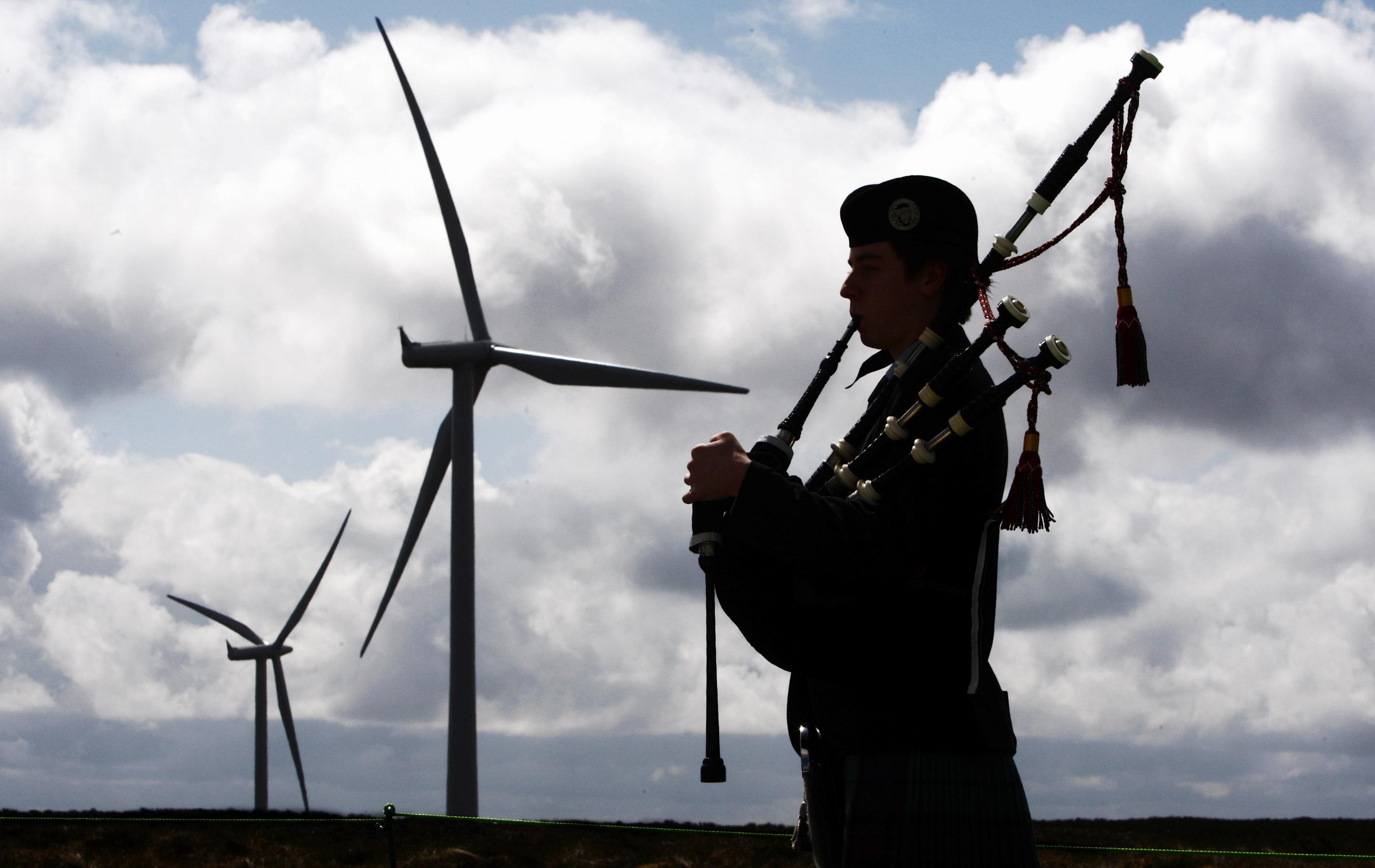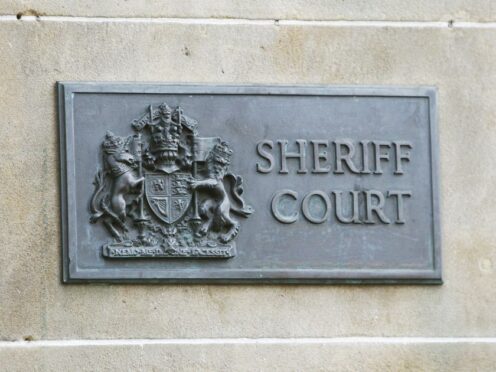Wind farms pose a major risk to the hillwalking industry, Mountaineering Scotland has claimed.
The body, which represents hill walkers, climbers, ski mountaineers and mountain lovers, said two thirds of its members do not like to see turbines when in the mountains and 22% said that they avoided areas with wind farms.
The survey contradicts a recently released report which said turbines have no impact on visitors to Scotland’s mountains.
More than 1400 Mountaineering Scotland members, mostly hill-walkers, responded to a survey which sought their views on a range of subjects, including the organisation’s policy on protecting mountain landscapes from insensitive developments.
The members who avoid areas with wind farms or go less often compares with just 2% who said they were encouraged to visit the mountains more often because of wind farms.
Mountaineering Scotland chief executive, David Gibson said: “This survey gives us some important evidence about the real impact wind farms in inappropriate mountain locations can have on the behaviour of hill walkers and potentially other mountain users – but the impact goes more widely than this.
“If hill walkers avoid visiting areas affected by wind development then local communities will lose the money hill walking visitors bring to shops, places to stay and other visitor-related businesses.
“A 20% reduction in hill walkers could easily make the difference between profit and loss for small enterprises in mountain areas across Scotland.”
He added: “Hill-walkers are likely to be particularly sensitive consumers of landscape. They are therefore a barometer in terms of identifying wider tourism impacts from wind farms.
“Mountain recreation is a significant tourism market in Scotland. Walking tourism was estimated to bring in £627m to the Scottish economy in 2008 – more than all other nature-based tourism combined – and 15% of all tourism spend.”
However clean energy campaigners say windfarms are a vital way of generating power.
Jenny Hogan, director of policy at Scottish Renewables, said: “Climate change remains the greatest threat to Scotland’s environment, and the pressing need to tackle it means we must clean up our energy system as quickly as possible. Wind energy is one of the most effective, most popular and cheapest ways to do so.”









